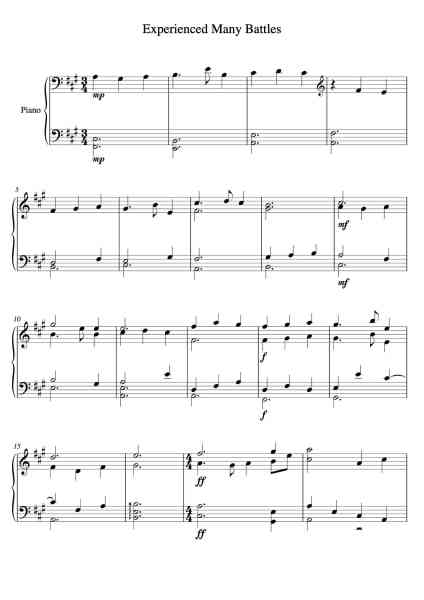Roblox Sheet

Roblox Sheet
Experienced Many Battles
Yasuharu Takanashi
Doświadcz Experienced Many Battles przez Yasuharu Takanashi w zupełnie nowy sposób! Użyj swojej klawiatury, aby zagrać Experienced Many Battles Roblox Arkusze Pianowe na Wirtualnej Klawiaturze Pianowej. Niezależnie od tego, czy jesteś graczem Roblox piano, czy chcesz ćwiczyć klasyczne utwory, ten Experienced Many Battles Roblox Arkusz Pianowy jest idealny dla Ciebie, pozwalając łatwo przejść od początkującego do eksperta. Experienced Many Battles znajduje się w TOP 100 Roblox Arkuszy Pianowych, razem z wieloma łatwymi, klasycznymi, popowymi, świątecznymi i Disneyowskimi utworami do zagrania!
47 wyświetlenia



















